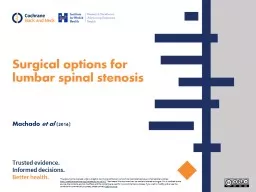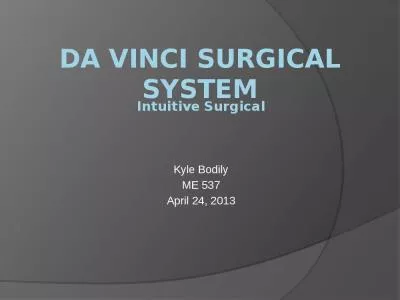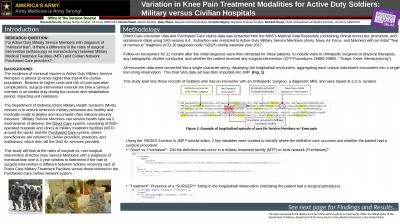PPT-Surgical Treatment Options for
Author : danika-pritchard | Published Date : 2019-02-14
Sacroiliac Joint Pain Robert Limoni MD Orthopedic Surgery and Sports Medicine Baycare Clinic 1 Myth 1 The Si Joint Doesnt Cause Pain 2 Prevalence of SI Joint Pain
Presentation Embed Code
Download Presentation
Download Presentation The PPT/PDF document "Surgical Treatment Options for" is the property of its rightful owner. Permission is granted to download and print the materials on this website for personal, non-commercial use only, and to display it on your personal computer provided you do not modify the materials and that you retain all copyright notices contained in the materials. By downloading content from our website, you accept the terms of this agreement.
Surgical Treatment Options for: Transcript
Download Rules Of Document
"Surgical Treatment Options for"The content belongs to its owner. You may download and print it for personal use, without modification, and keep all copyright notices. By downloading, you agree to these terms.
Related Documents














